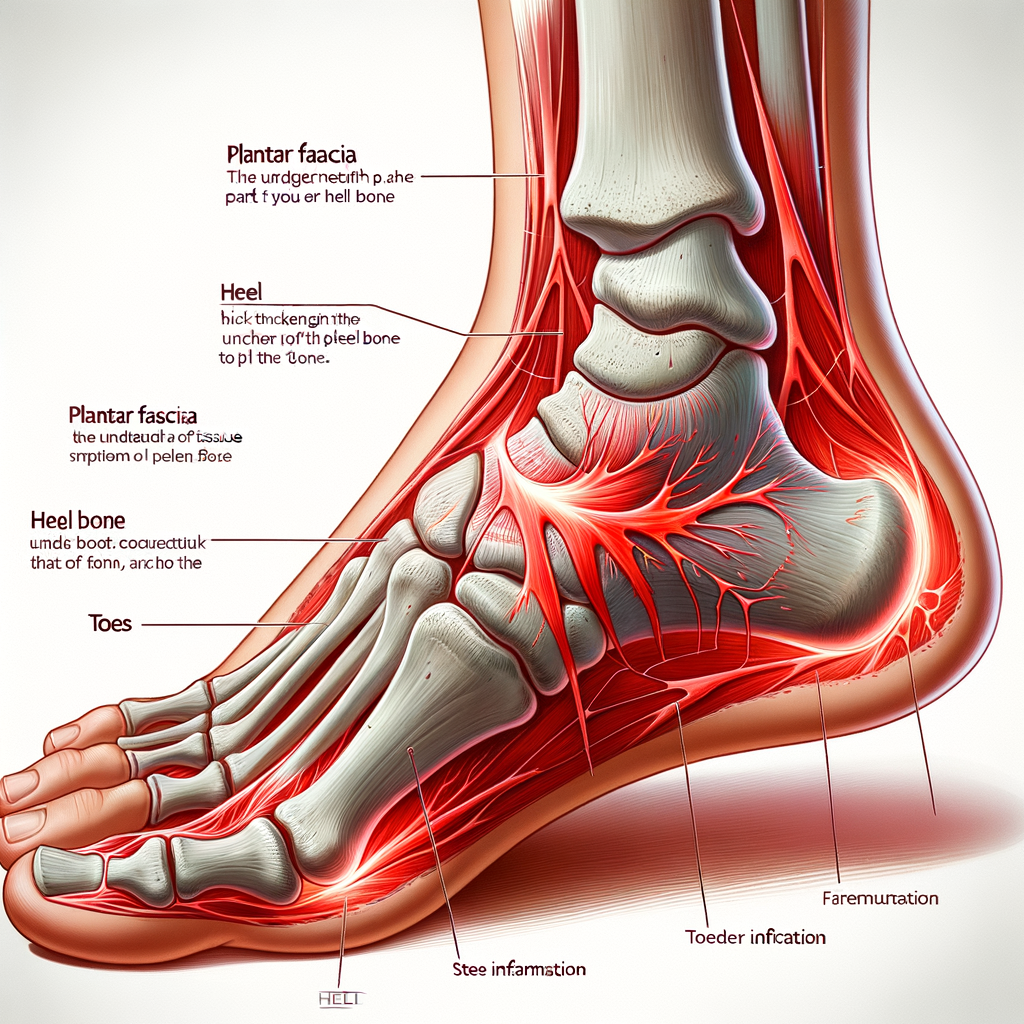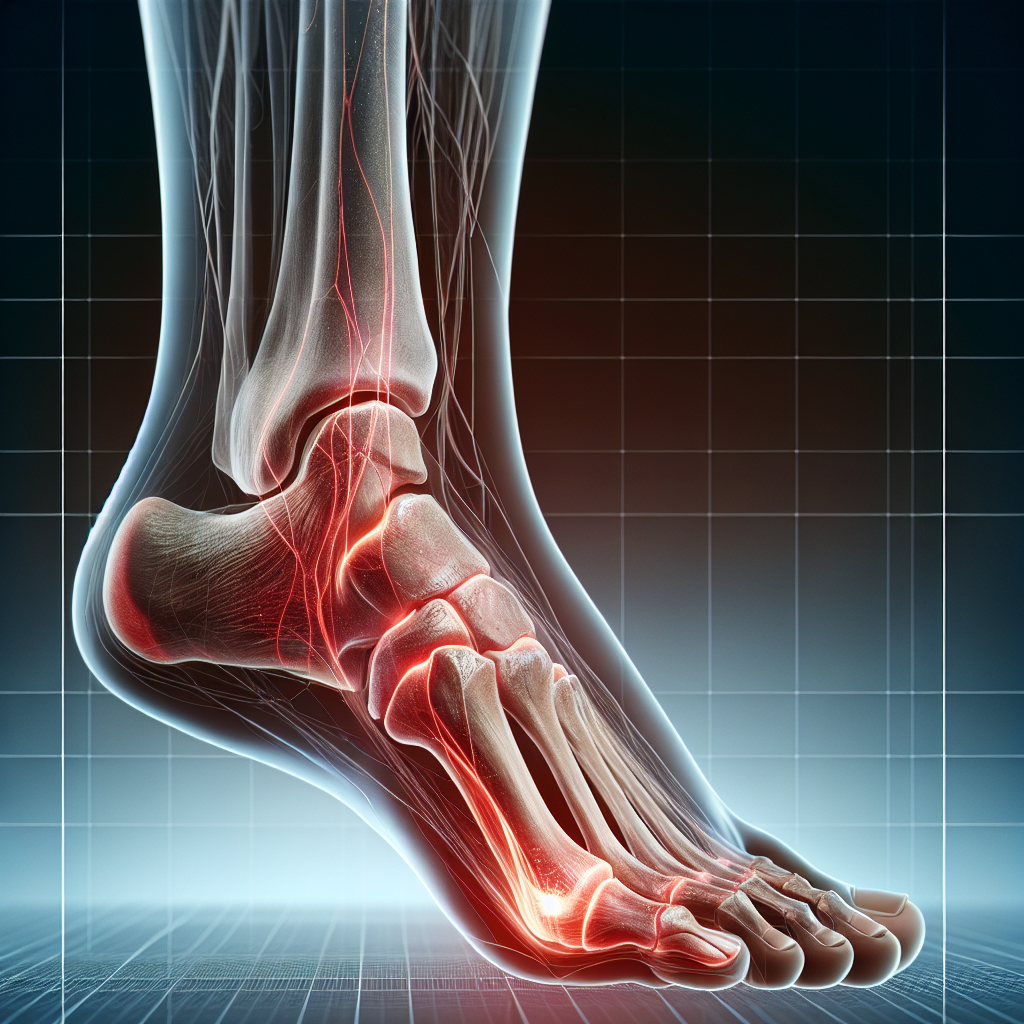Understanding Plantar Fasciitis Injury

Plantar Fasciitis is a common foot condition that affects millions of people worldwide. It is a painful condition that can significantly impact a person’s quality of life. This article aims to provide a comprehensive understanding of Plantar Fasciitis, its causes, symptoms, treatment options, and prevention strategies.
What is Plantar Fasciitis?
Plantar Fasciitis is a condition characterized by inflammation of the plantar fascia, a thick band of tissue that runs across the bottom of your foot and connects your heel bone to your toes. This condition is one of the most common causes of heel pain and is particularly prevalent among runners and those who are overweight.
Causes and Risk Factors
- Age: Plantar Fasciitis is most common in people between the ages of 40 and 60.
- Physical activity: Certain types of exercise can put a lot of stress on your heel and attached tissue, such as long-distance running, ballet dancing, and aerobic dance.
- Obesity: Excess pounds put extra stress on your plantar fascia.
- Foot mechanics: Being flat-footed, having a high arch, or even having an abnormal walking pattern can affect the way weight is distributed when you’re standing and can put added stress on the plantar fascia.
Symptoms of Plantar Fasciitis
The most common symptom of Plantar Fasciitis is a stabbing pain near the heel. The pain is usually the worst with the first few steps after awakening, although it can also be triggered by long periods of standing or when you stand up after sitting. The pain is usually worse after exercise, not during it.
Treatment Options
Most people who have plantar fasciitis recover with conservative treatments, including resting, icing the painful area, and stretching, in several months. Pain relievers, physical therapy, orthotics, and surgical or procedural options are also available if more conservative measures don’t help.
Prevention Strategies
- Maintain a healthy weight: This minimizes the stress on your plantar fascia.
- Choose supportive shoes: Avoid high heels and buy shoes with a low to moderate heel, good arch support, and shock absorbency.
- Don’t wear worn-out athletic shoes: Replace your old athletic shoes before they stop supporting and cushioning your feet.
- Stretch before engaging in physical activity: Regular stretching of your Achilles tendon and plantar fascia can help prevent the onset of this condition.
Conclusion
Plantar Fasciitis is a common but painful condition. Understanding its causes, symptoms, and treatment options can help those affected manage their condition effectively. By adopting preventive measures such as maintaining a healthy weight, choosing supportive shoes, and stretching regularly, the risk of developing Plantar Fasciitis can be significantly reduced.
Meta Keywords: Plantar Fasciitis, foot pain, heel pain, inflammation, treatment, prevention, symptoms, causes, risk factors, physical activity, obesity, foot mechanics, age, supportive shoes, stretching, healthy weight







